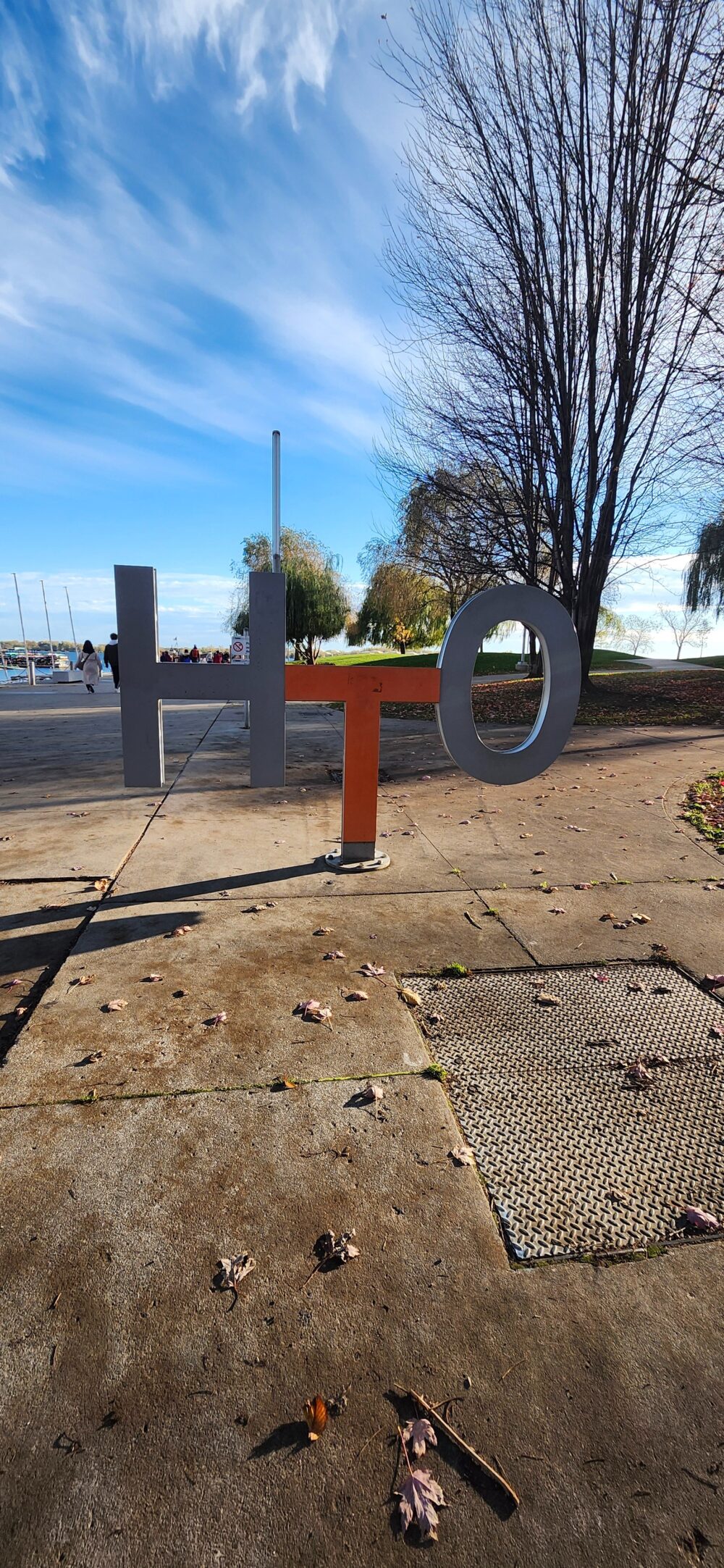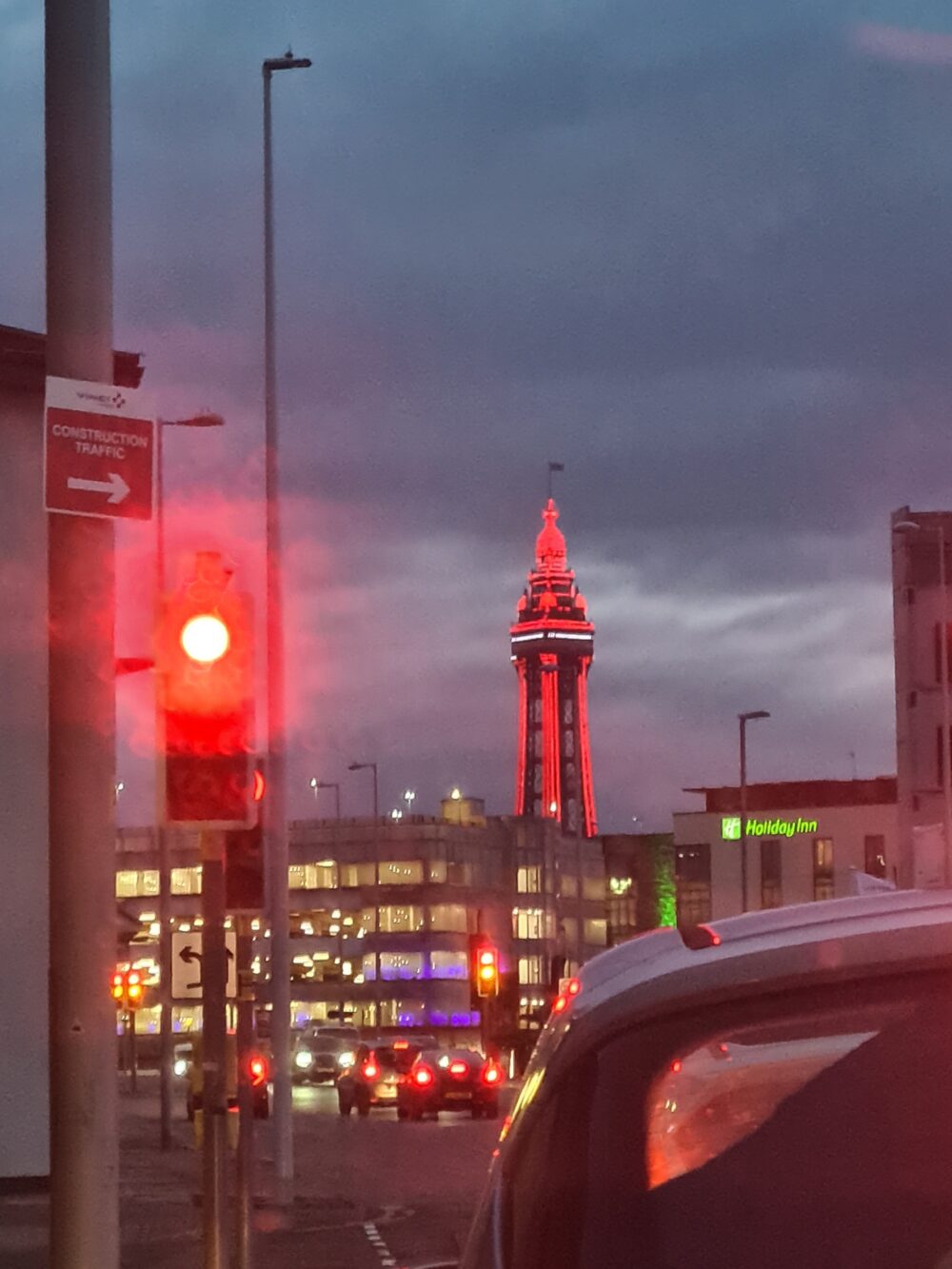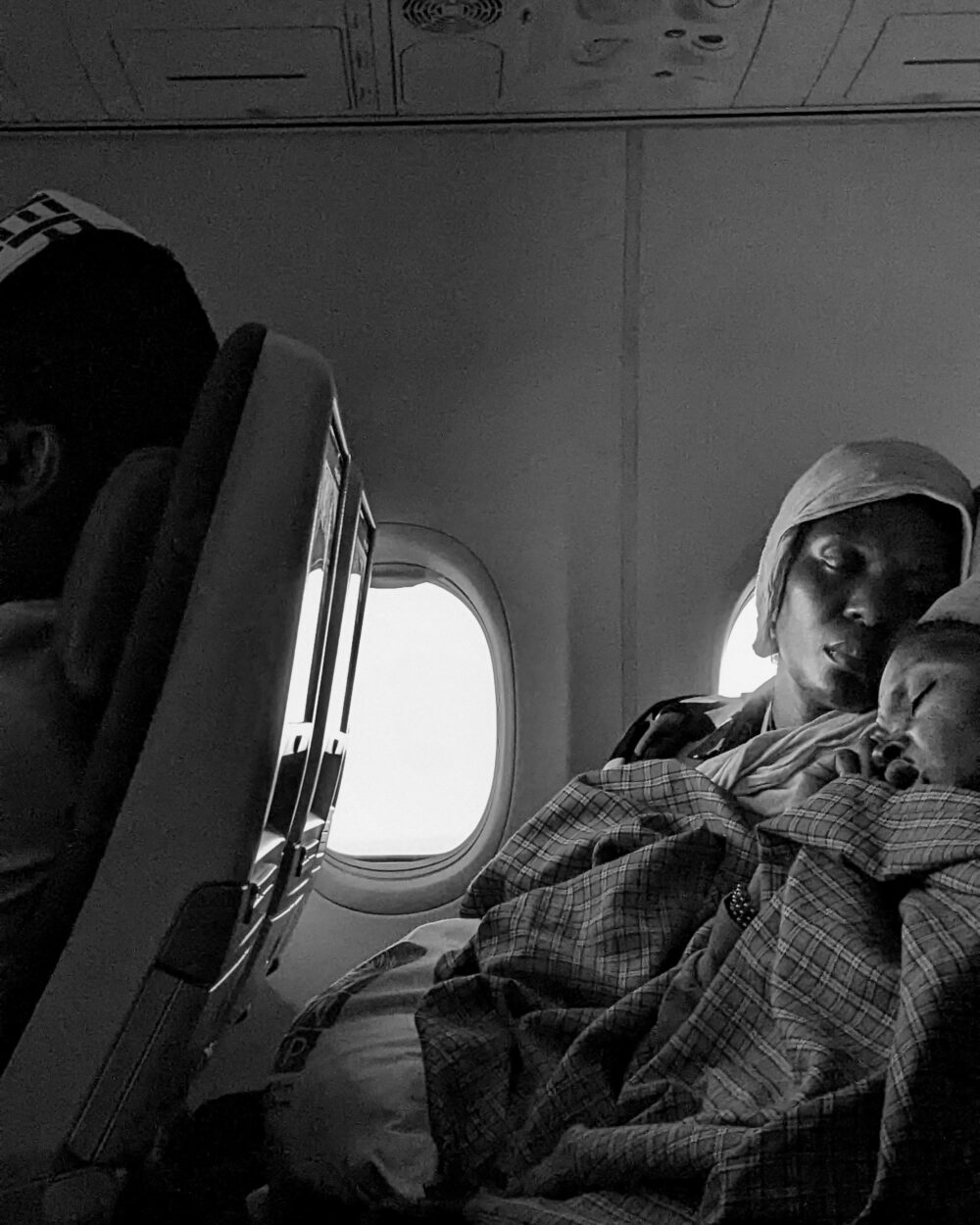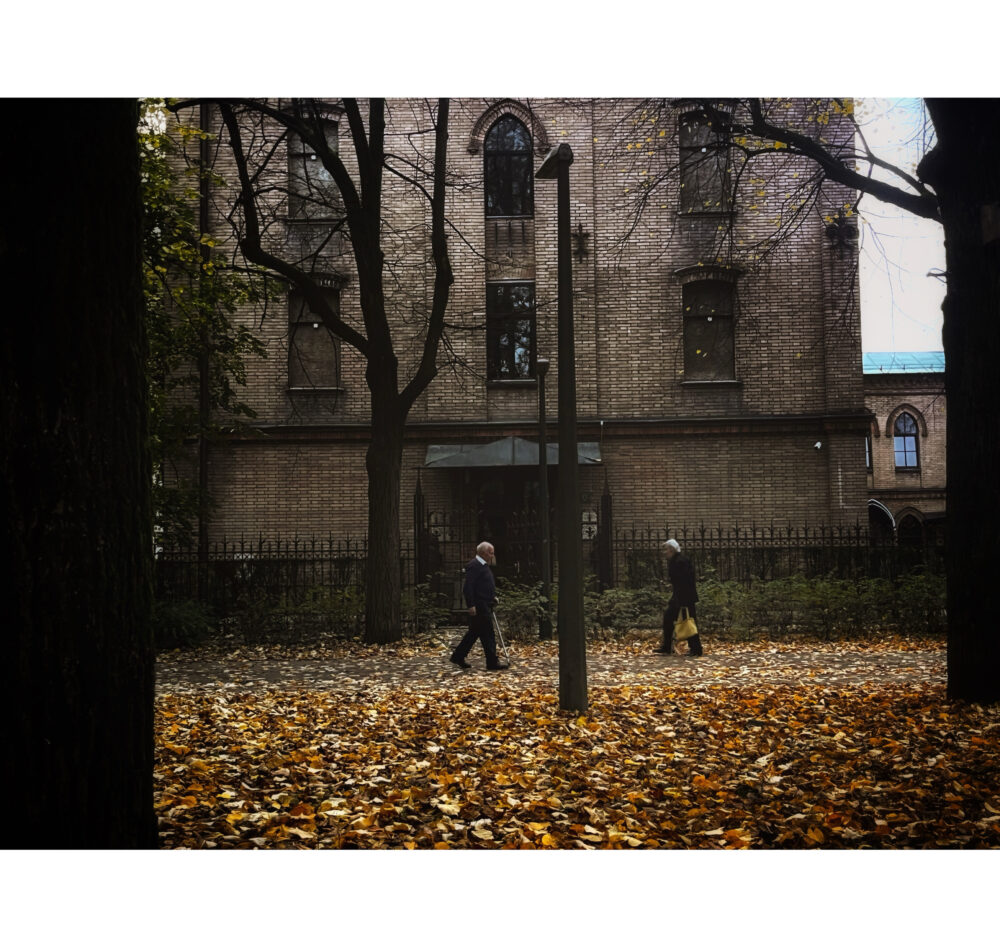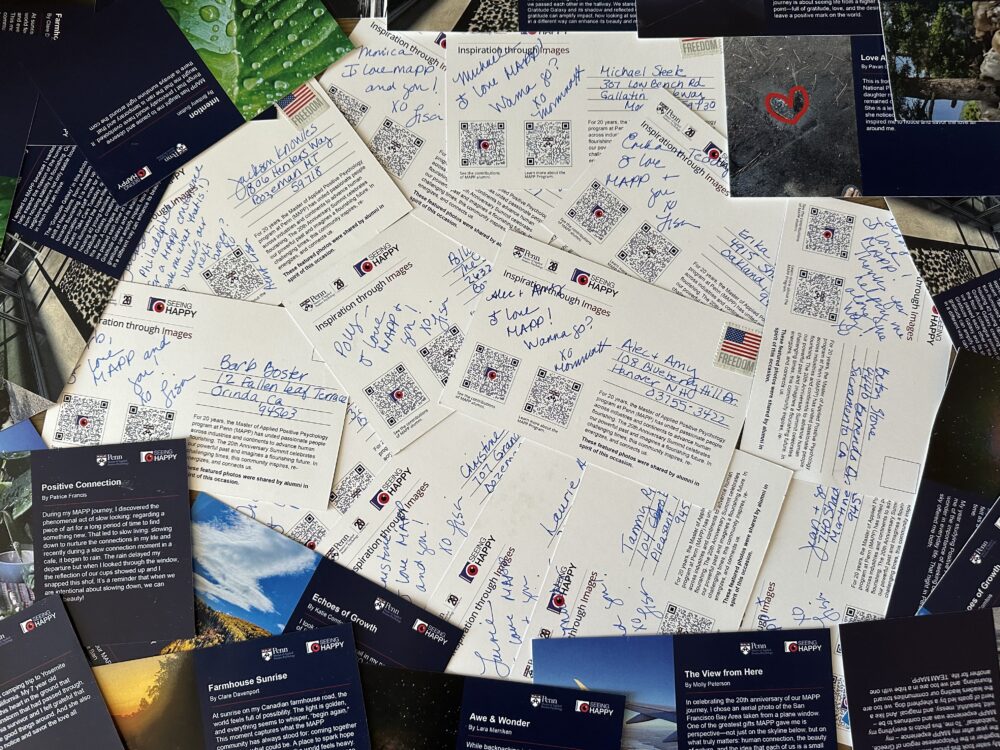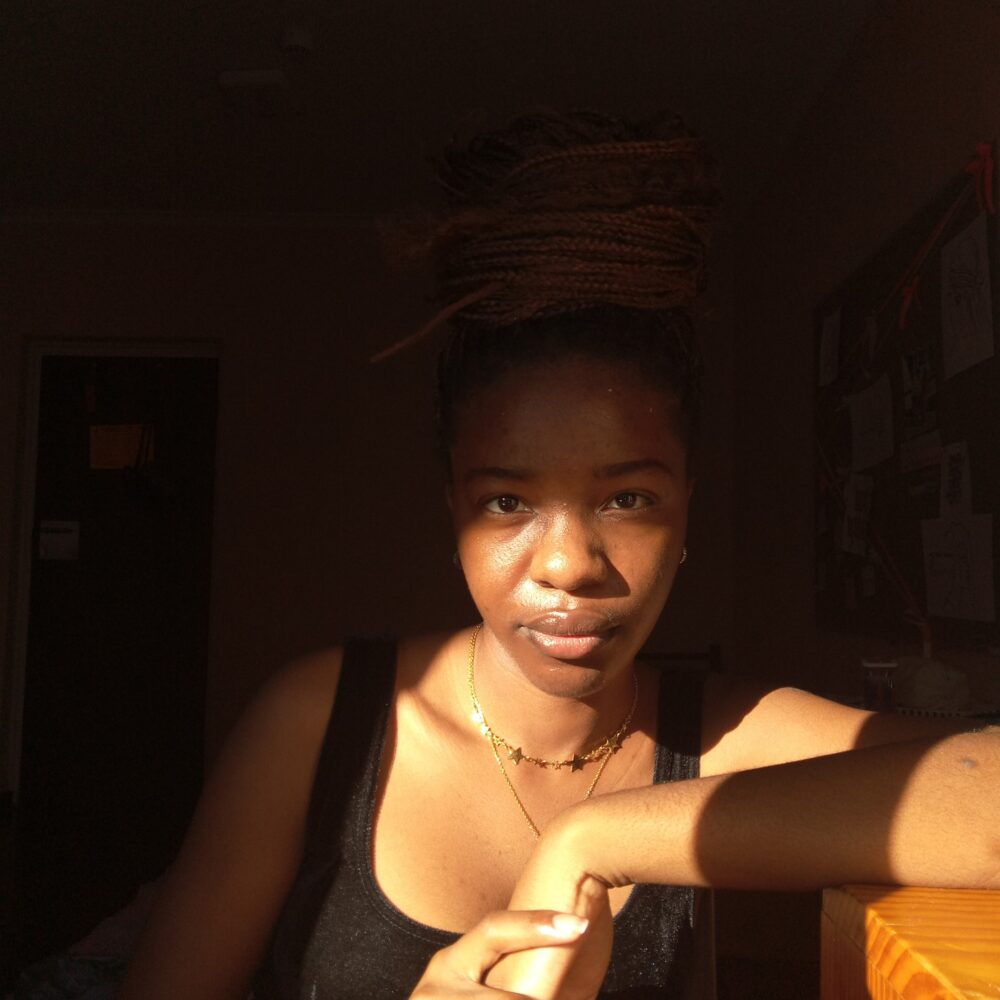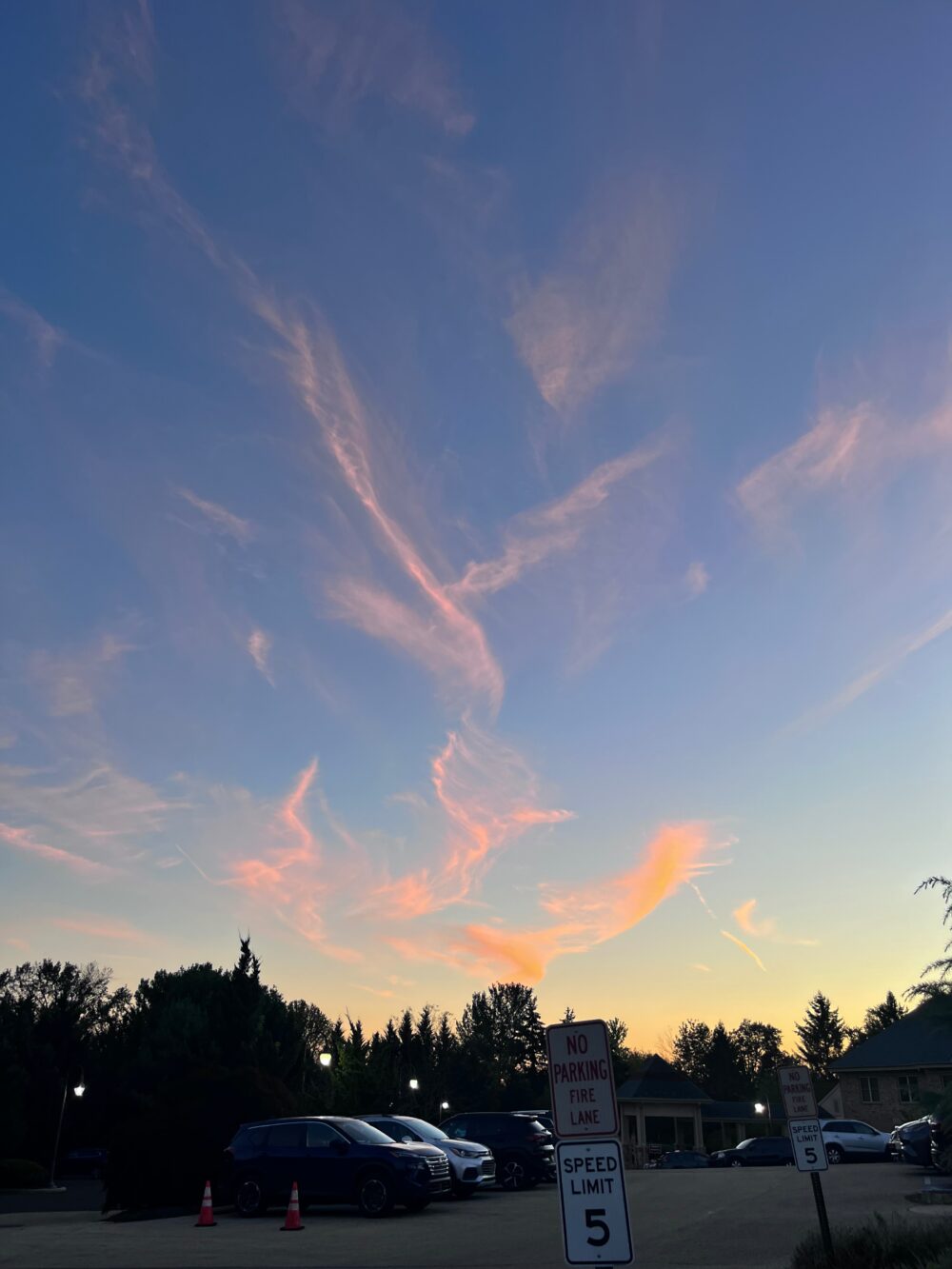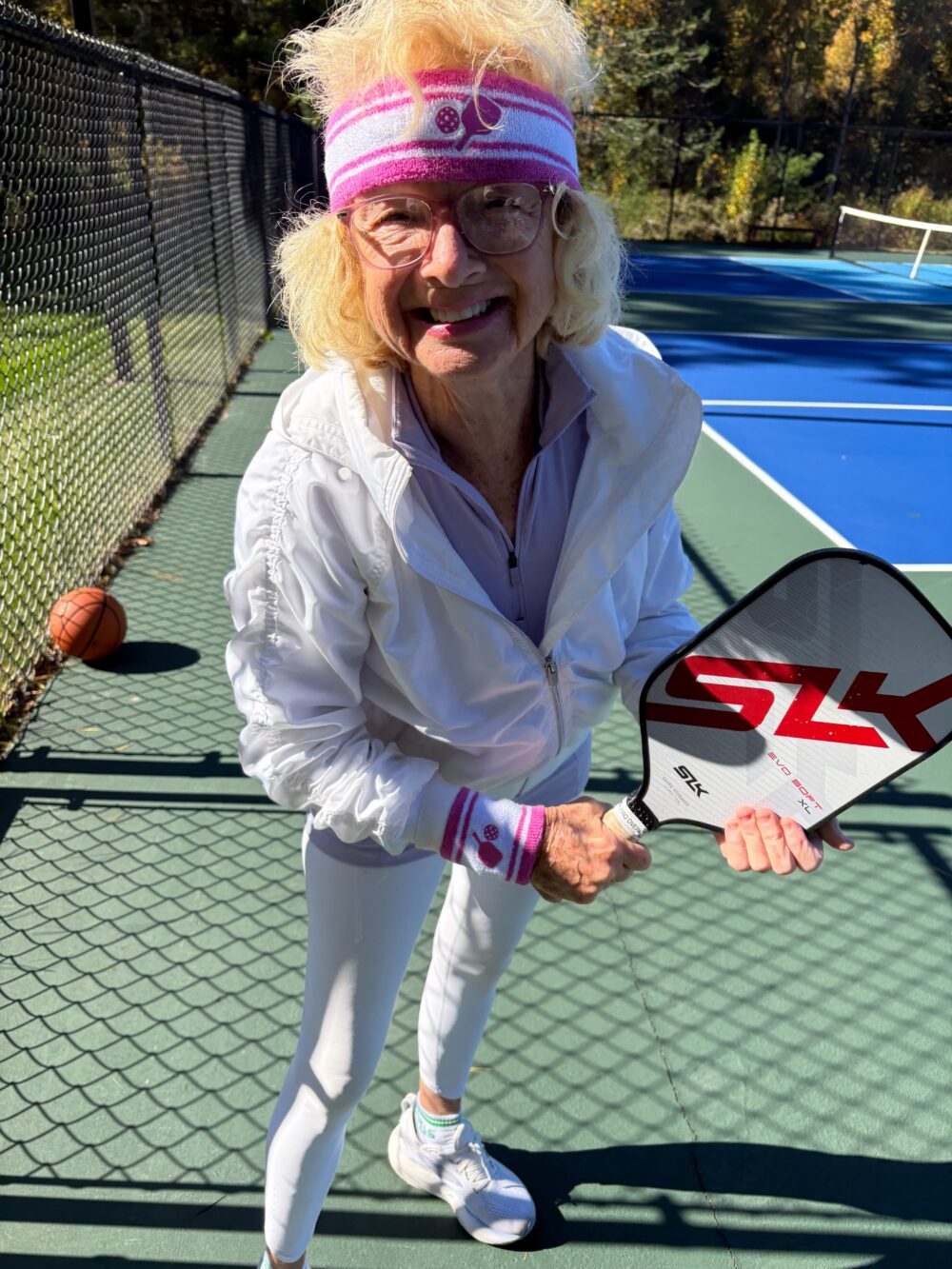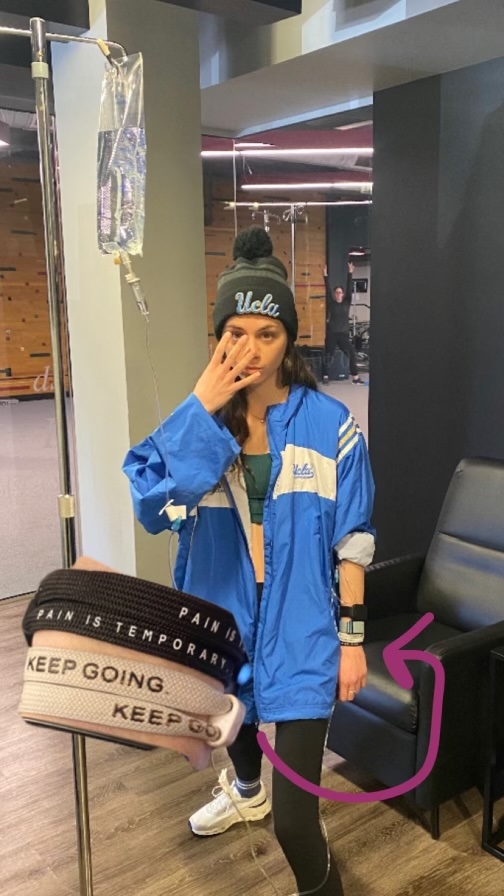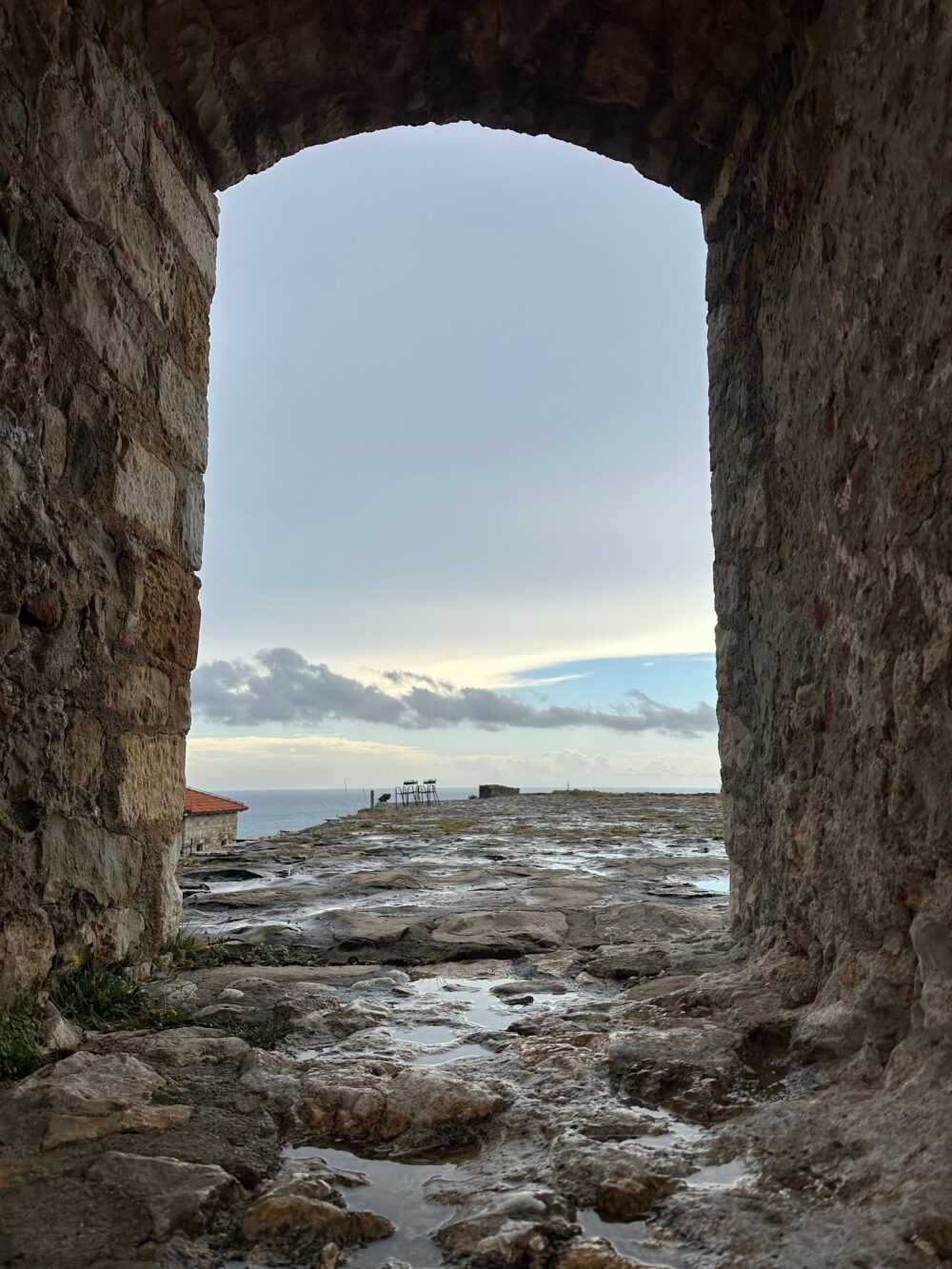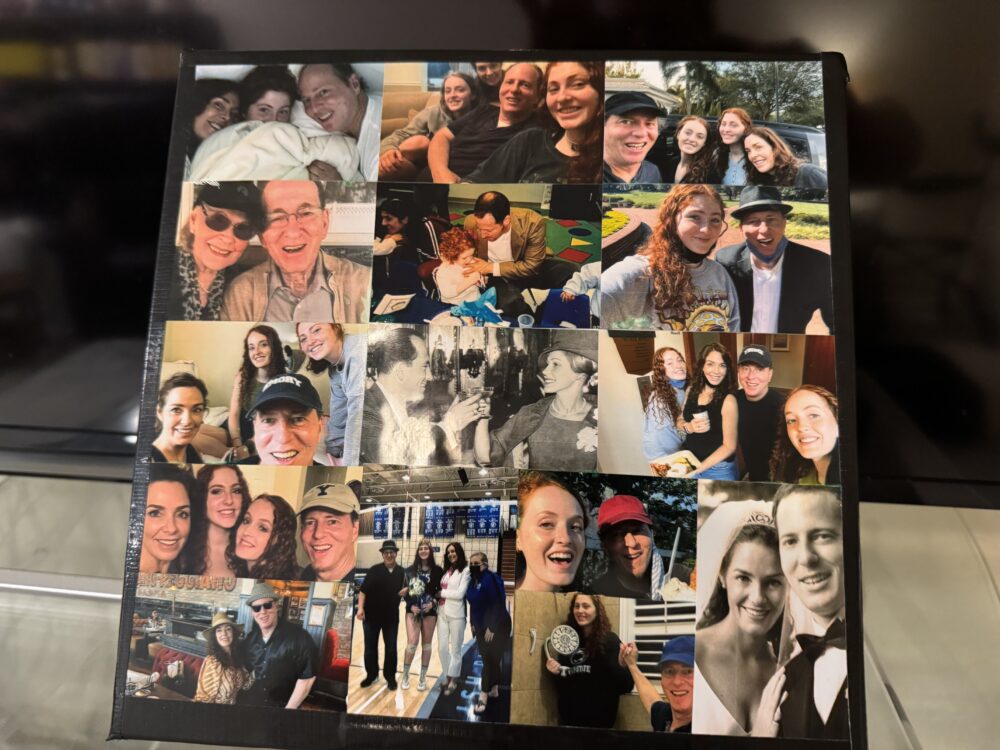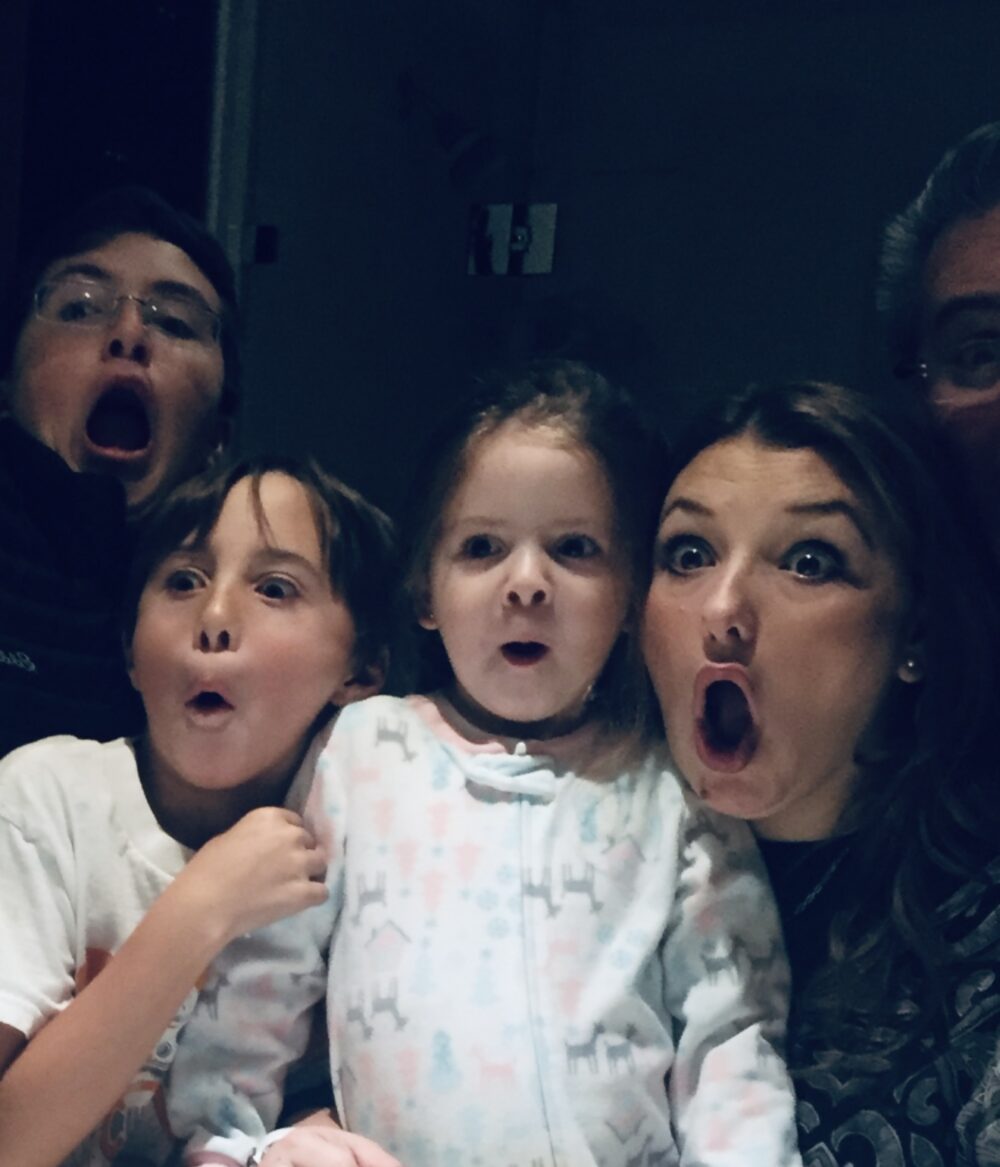Phlourish
Flourish Through Photography
REFERENCES:
Noticing
Gross, P. L., & Shapiro, S. I. (1997). The tao of photography: The chuang-tzu, unconstructed awareness, and conscious camera work. International Journal of Transpersonal Studies, 16(1),33–57.
Kurtz, J.L. (2015). Seeing through new eyes: An experimental investigation of the benefits of photography. Journal of Basic & Applied Sciences, 11, 345–358.
Kurtz, J.L., & Lyubomirsky, S. (2013). Happiness promotion: Using mindful photography to increase positive emotion and appreciation. In Activities for teaching positive psychology: A guide for instructors (pp. 133–136). American Psychological Association.
Creating
Bandura, A. (1993). Perceived self-efficacy in cognitive development and functioning. Educational Psychologist, 28(2), 117–148.
Csikzentmihalyi, M. (1990). Flow: The psychology of optimal experience. Harper & Row.
Forgeard, M. J. C., & Eichner, K. V. (2014). Creativity as a target and tool for positive interventions. In A. C. Parks & S. M. Schueller (Eds.), The Wiley Blackwell handbook of positive psychological interventions (pp. 137–154). Wiley Blackwell.
Seligman, M. (2012). Flourish. Atris.
Connecting
Brewster, L. & Cox, A. (2018). Photo-a-day: A digital photographic practice and its impact on wellbeing. Photographies, 11(1), 113–129.
Darewych, O. H. (2022). Cultivating psychological well-being through arts-based interventions. In L. Tay & J. Pawelski (Eds.), The Oxford handbook of the positive humanities. (Vol. 1).Oxford University Press.
Loustaunau, E. (2019). Imaginarte: Unaccompanied refugee minors tell their stories of belonging through photography. Latino Studies, 17, 269–277.
O’Neal, I. C. (2022). A walk in the sun: The awakening of human flourishing in creative youth development. In L. Tay & J. Pawelski (Eds.), The Oxford handbook of the positive humanities.Oxford University Press.
Wang, C., & Burris, M. A. (1997). Photovoice: Concept, methodology, and use for participatory needs assessment. Health Education & Behavior, 24(3), 369–387.
Reframing
Oishi, S., Choi, H., Koo, M., Galinha, I., Ishii, K., Komiya, A., & Besser, L. L. (2020). Happiness, meaning, and psychological richness. Affective Science, 1(2), 107– 115.
Southwick, S. M., & Charney, D. S. (2018). Resilience: The science of mastering life’s greatest challenges. Cambridge University Press.
Westgate, E. C., & Oishi, S. (2022). Art, music, and literature: Do the humanities make our lives richer, happier, and more meaningful? In L. Tay, & J. Pawelski (Eds.), The Oxford handbook ofthe positive humanities (Vol. 1). Oxford University Press.
Storytelling
Everett, M. C. (2015). Fostering first-year students’ engagement and well-being through visual narratives. Studies in Higher Education, 1–13.
Sonn, C. C., Quayle, A. F., & Kasat, P. (2014). Picturing the wheatbelt: Exploring and expressing place identity through photography. American Journal of Community Psychology, 55(1-2), 89–101.
Steger, M. F., Shim, Y., Rush, B. R., Brueske, L. A., Shin, J. Y., & Merriman, L. A. (2013). The mind’s eye: A photographic method for understanding meaning in people’s lives. The Journal ofPositive Psychology, 8(6), 530–542.






